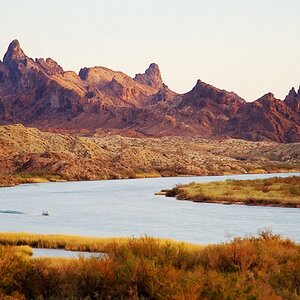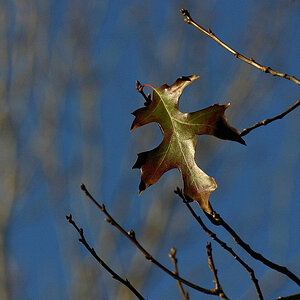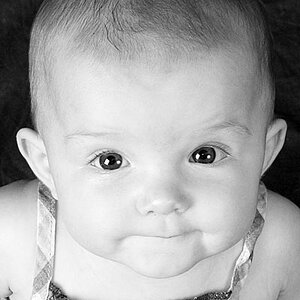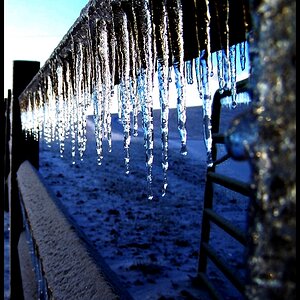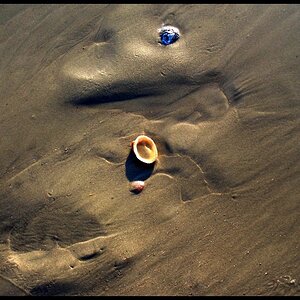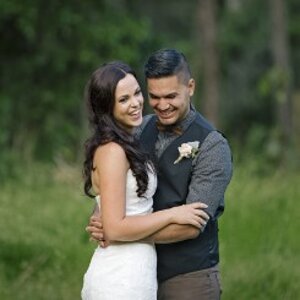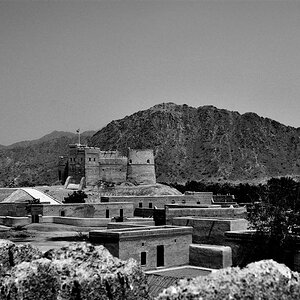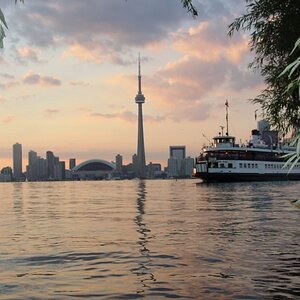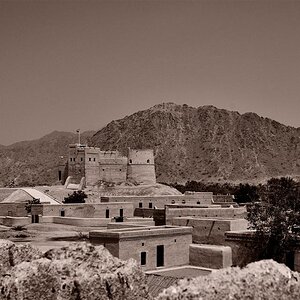Skaperen
TPF Noob!
- Joined
- Nov 24, 2009
- Messages
- 119
- Reaction score
- 4
- Location
- Wheeling WV USA
- Can others edit my Photos
- Photos OK to edit
I have figures for the spacing between sprockets along the length of the film (0.187 inch) and the size of the sprockets (0.11 inch by 0.087 inch), with rounded corners (with either a radius or diameter of 0.02 inch). The information I don't have is the positions of the sprockets along the width of the film ... how far from the edge and thus how far apart from each other. Anyone know the positions?


